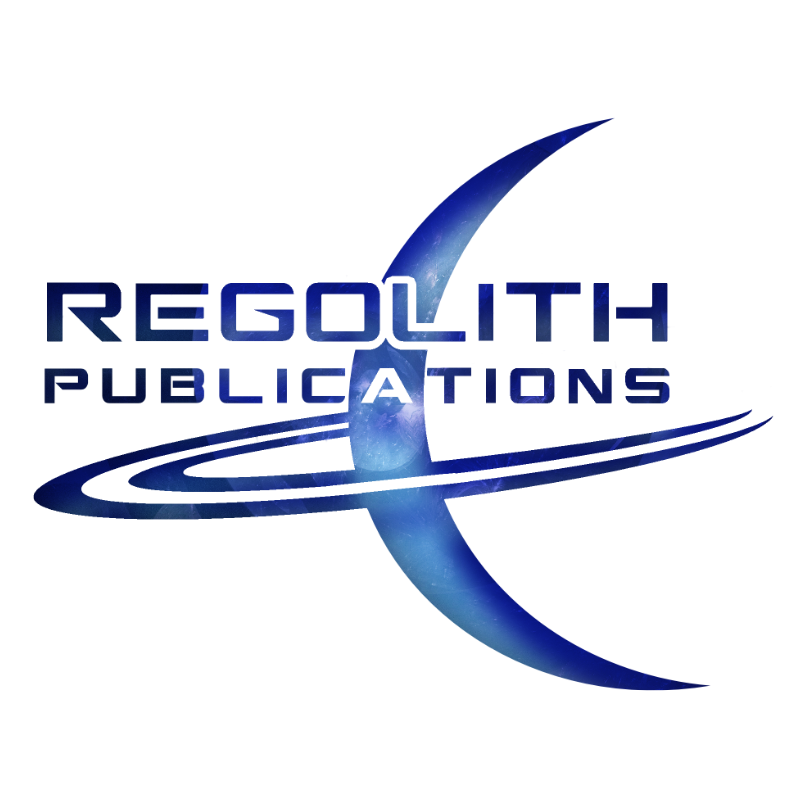|
I find it peculiar, to say the least, that so many authors cannot seem to write good women characters. I've read so much sci-fi, fantasy, paranormal romance, and urban-post-apocalyptic stories where the women are just there to just kick ass and be little more than carbon copies of their male counterpart, or else they're there as merely a love interest, to look pretty, to have sex with, or escape a harrowing rape so that will justify her never-ending drive to get revenge on anything that breathes and has an ounce of testosterone.
It's a vicious circle, I tell you. It almost seems as if many writers went to the Melvin Udall school of "How to Write Women" poorly. If you recall the laugh-out-loud scene from the 1997 romcom As Good as it Gets staring Jack Nicholas as a lock-in writer with OCD where the receptionist asks: Receptionist: How do you write women so well? And he replies: Melvin Udall: I think of a man, and I take away reason and accountability. That's the way it feels when I'm reading the female protagonists of many people's fiction, I'm sorry to say. But then again, I'm difficult to please (or so my wife keeps telling me). I can't promise that the women characters in my stories are any better, but I am willing to be that maybe, just maybe, they are. Why am I so sure? Well, perhaps it's because I go out of my way to write women as realistic human beings first and foremost, not just as stereotypical women with generic roles to play. And that's just the first step. Any engaging character is going to have some goal, something to strive for, some mission or objective that needs to be given to them so they can go on a journey. If the character has no clear set goals other than to kick ass and take names, it makes for a very boring read. Such types of one-dimensional characters are well suited for action flicks because they are simple, like John Wick or Robert McCall, and the focus shifts from the depth of persona to the caliber of action sequences and stunts, which don't always translate well into prose. In a story there has to be story. It's really as simple as that. What the story entails is a bit more complicated. Any story worth telling is going to be about the journey the protagonist (or in some instances the antagonist) takes. It can be a literal journey, like a road trip or a trek through Middle Earth, or it can be a more symbolic personal journey--a journey of awakening, self realization, or of revelation. In my first zombie novel Bitten: Resurrection I wanted to write women leads because I found that I can say more with a female character than a male character. For example, my protagonist is a single mother, Rachael Ramirez, with a high stress job trying her best to raise a child. I picked this character specifically because my own mother was a single mom who raised two boys, and this spoke to a kind of strength you rarely witness in our patriarchal culture when its the other way around. That doesn't mean there aren't single dads out there doing there best to raise their kids. Every single parent is a hero in my book, but when it came to telling a story about a mothers love -- something I experienced first hand -- I found that this was an experience that many people could relate to. This is why I made my hero a single mother. I wanted her to begin with an inner strength because what happens to her and her boy when the zombie apocalypse breaks out is both terrifying and heart wrenching. The next to leads in the story are also women. I have a young, compassionate, and smart woman named Alyssa Briggs. She's a veterinarian, knows about first aid, and cares deeply for animals and other people as well. I thought this kind of character would be interesting to throw into the end of the world scenario with the dead rising and reanimating. Finally, the third lead is both a protagonist and the main antagonist of the piece. Her name is Jennifer Hurley, and she suffers from schizophrenia and is a nymphomaniac. I gave her not one, but two mental conditions that posses her because I wanted a character whose world was already turned upside down and inside out and nothing ever made any sense -- until the outside world became like her inside world. But here's the thing. These women would all be rather boring characters if they didn't have any story arc, without a journey they'd be interesting blurbs and nothing more. Which is why, from the offset of the viral outbreak, I have Rachael searching for her missing son -- expecting the worst but never able to give up hope. Alyssa is a bit different, her journey involves the realization that this might be the end of the world as she knows it and so she takes it upon herself to chronicle all the events in her a diary, while at the same time acting as the glue, the moral center, that binds the group of survivors together. Last, but perhaps most interesting of all, is Jennifer's tale. Her's is one of a woman who desperately needs her medication but can't get it due to it being the end of the world and all. I wanted to see what would happen to a person in such a scenario, and Jennifer's journey descends into madness and chaos. Ultimately she gives up trying to be "normal" in a world that has gone entirely mad, and she chooses to embrace the madness. That's the main cast of Bitten. And I was applauded by numerous readers, many of them women, for having written such strong women characters with real goals, and real world personalities. So, it seems I may have avoided the man-clone female syndrome of the Melvin Udall school of how to write women well. I have also tried to throw in ethnically rich characters. If the first few pages of a post-apoc or zombie fiction involves masculine white males who are ex-soldiers or soldiers, I will put down the book. Major yawn! (Cops are only slightly better, by the way). No matter how good the story may be, another Rambo type killing zombies is so cliche that I can't stand it. By the way, have you noticed that almost all of the zombie films have almost none of that? Zombie movies tend to be more about regular human characters, because starting off with an expert soldier trained in the ways of combat and who have seen war, well, that person isn't defying the same odds as someone who has none of these skills. The truth is, we like to root for the underdog. Which is another reason I think women character work. Not because women aren't capable or because I think of them as lesser (I don't!), but because the stereotype of women in our so-called modern culture is that they are the "weaker sex" and find that I am happy if I can take this outmoded trope, this strand of sexism, and totally demolish it by writing real, human women characters that rock! I don't really have a lead protagonist in Bitten, since the story revolves around an ensemble cast rather than just one hero figure. But if I were pressed to pick one, I'd say Rachael Ramirez is the lead--since we open with her story. As her name reveals, she is Latino. I felt giving her ethnicity would also give the character flavor, because I could always do things with her background that I wouldn't be able to do if she were a stereotypical Caucasian female with no history, no culture, and no racial tension. All these things make for good character building and even if you don't rely on your characters back story it's always a good rule of thumb to have one in mind. Meanwhile, Briggs has red hair and is of Scottish descent. I meant nothing by this other than my grandmother has red hair and is of Scottish descent. But that's where the similarities end. I just thought it would be nice to make her a redhead and make her of Scottish descent since I've been to Scotland and know a bit about the history there. It was all for character building and plays little to no role in the story itself, but it helped me make an original character different from the standard fair strong female lead we tend to think of when it comes to strong women characters. She's not a Ripley or a Trinity, that's for sure. Hurley is your stereotypical blonde American bombshell. The truth is, I couldn't avoid it. You cannot set a story in a major city in America and not have a white character in it. Well, I guess you could, actually, but I chose to have a blond. The thing about her though is I wrote her as older than the others, so she feels she has to compete with the younger women around her to get noticed more, mainly because she's a sex addict, but also because she views other women as competition--as threats. That made her fun to write. In Bitten 2: Land of the Rising Dead, the story shifts to an entirely new cast of characters set in Tokyo, Japan. Once again I wrote a female lead, this time a high school girl, Saeko Sakaguchi. I chose a young Japanese school girl because I teach ESL in Japan (I have for 10 years) and I know a thing or two about how my teenage students think. I guess the saying goes, write what you know. But I'm not actually a Japanese teenage girl, but I do know the culture. And how Japanese people act and respond to high stress scenarios is far different than most Westerners. It was only after surviving my first typhoon, earthquake, volcanic eruption, and tsunami that I realized Japan was a bit more turbulent than the American mainland. And this does effect how Japan responds to national disasters. At any rate, I wanted a school girl to be the focus of the story because as she is maturing into a woman, falling in love for the first time, and trying to figure out what she wants out of life the world goes to hell in a hand basket. This means that this young woman's dreams are instantly crushed, and she has to say goodbye to everything she had so meticulously planned out (as Japanese people tend to do) and start from scratch with her life. And that's not easy. And it changes her. Saeko's goal at first is to enjoy her boyfriend and survive the zombies, but when she realizes that kind of life will be impossible, she actually makes the hard decision to leave her dreams behind and instead decides on ridding Japan of every single last zombie--even if it means her death. In other words, she seeks to do the honorable thing, like a noble samurai, and bring peace back to her nation. Saeko has become my favorite character to write because she's young and impulsive, but also because I'm married to a Japanese woman who I can always look to for advice while I'm writing this character. One of my favorite scenes in Bitten 2 is when Saeko's boyfriend finds out she is concealing cigarettes in with her tampons so that she can sneak a smoke at school and he begins teasing her about "vaginal cancer." I like it because this is loosely based off a true story involving one of my ex-students who got caught doing the exact same thing. At any rate, if you want to write good women characters, don't think of a man and then take away reason and accountability--cuz that's just silly. Think of a woman, and then give her something to say in the world you've created. Make her matter, but perhaps more importantly maintain her humanity--even the imperfections--and this will allow you to write better women characters than if you were to just make a carbon copy of Rambo and call her Rambonina. Happy writing, and good luck!
0 Comments
Leave a Reply. |
Tristan VickBy day I am an educator and a cultural ambassador. By night I entertain notions of being a literary master. In reality I am just a family man and ordinary guy who works hard and loves writing just about as much as I love my family. Just about. AVAILABLE NOWNEWSLETTER
|
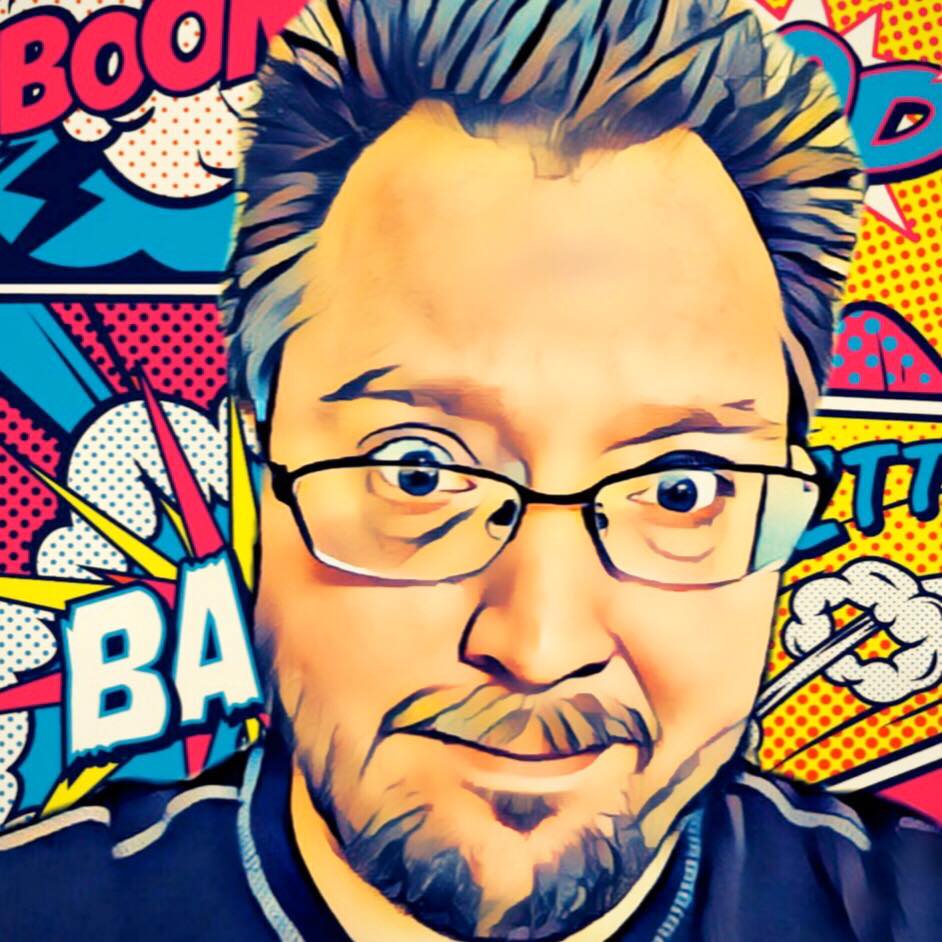

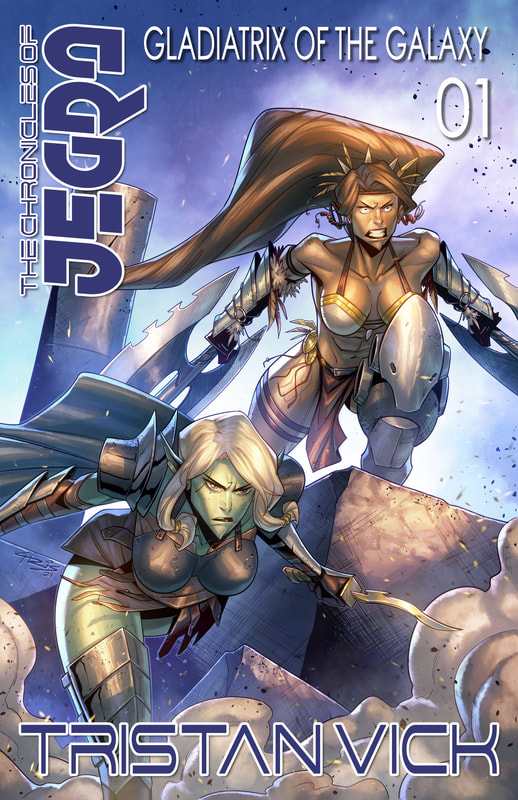
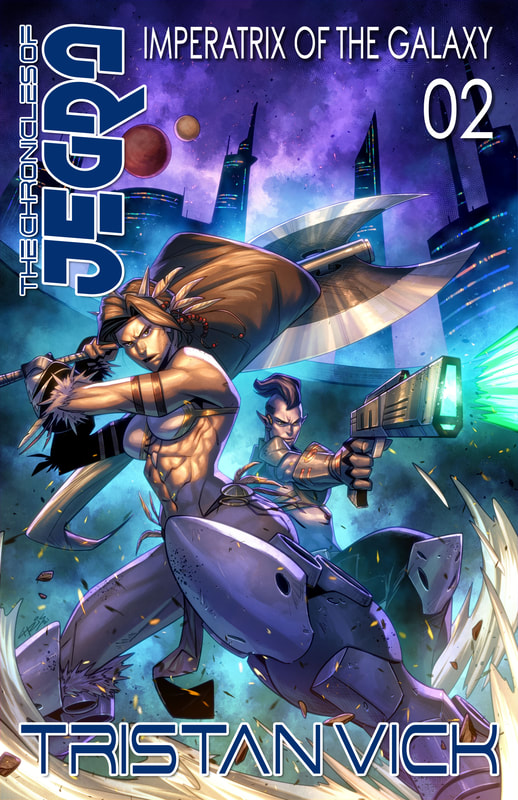

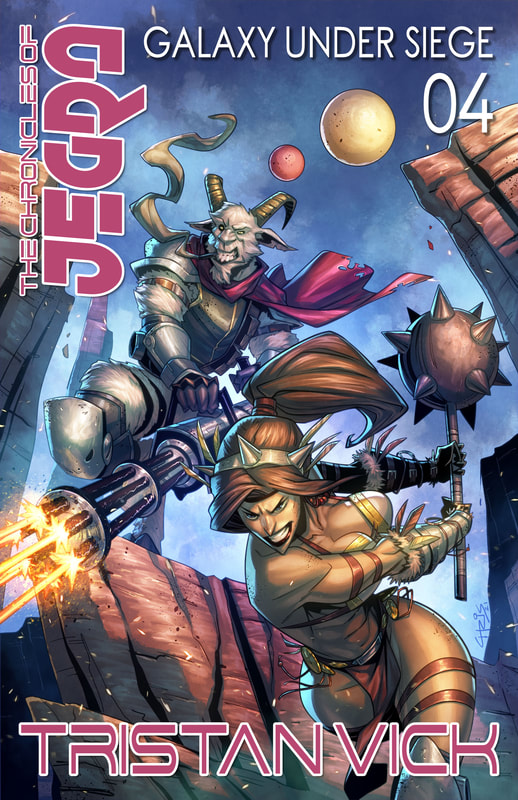

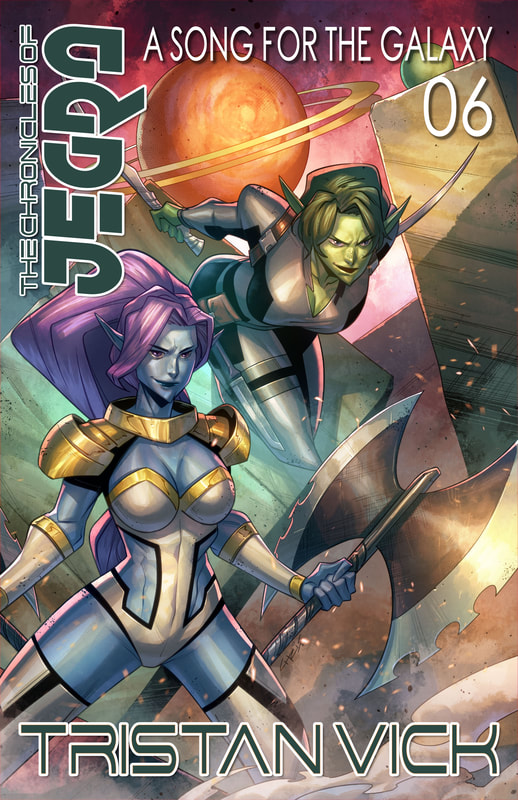
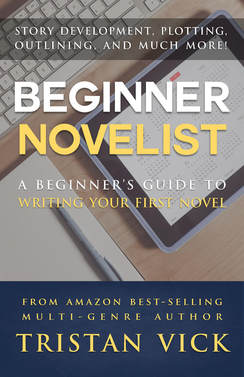
 RSS Feed
RSS Feed
